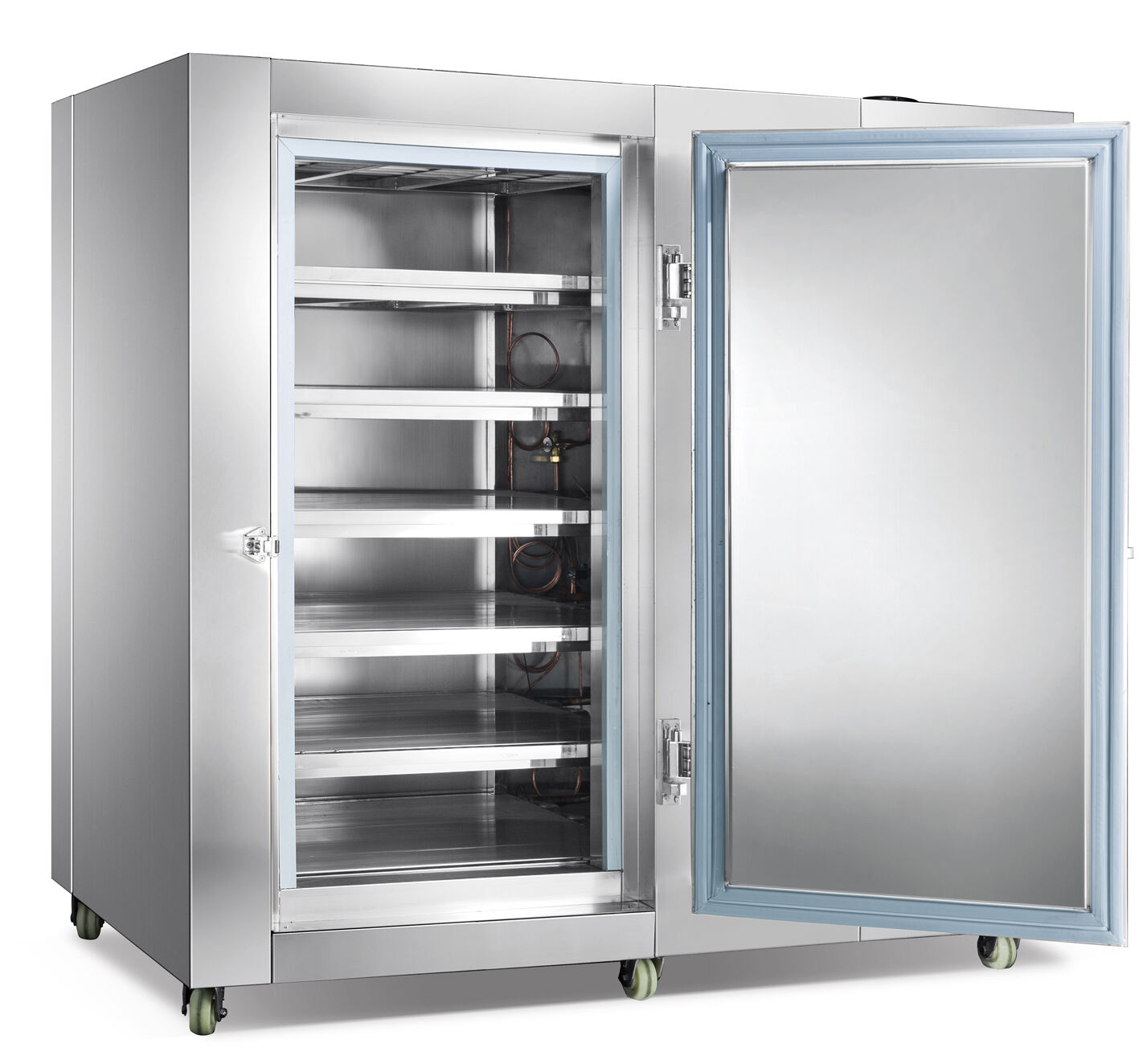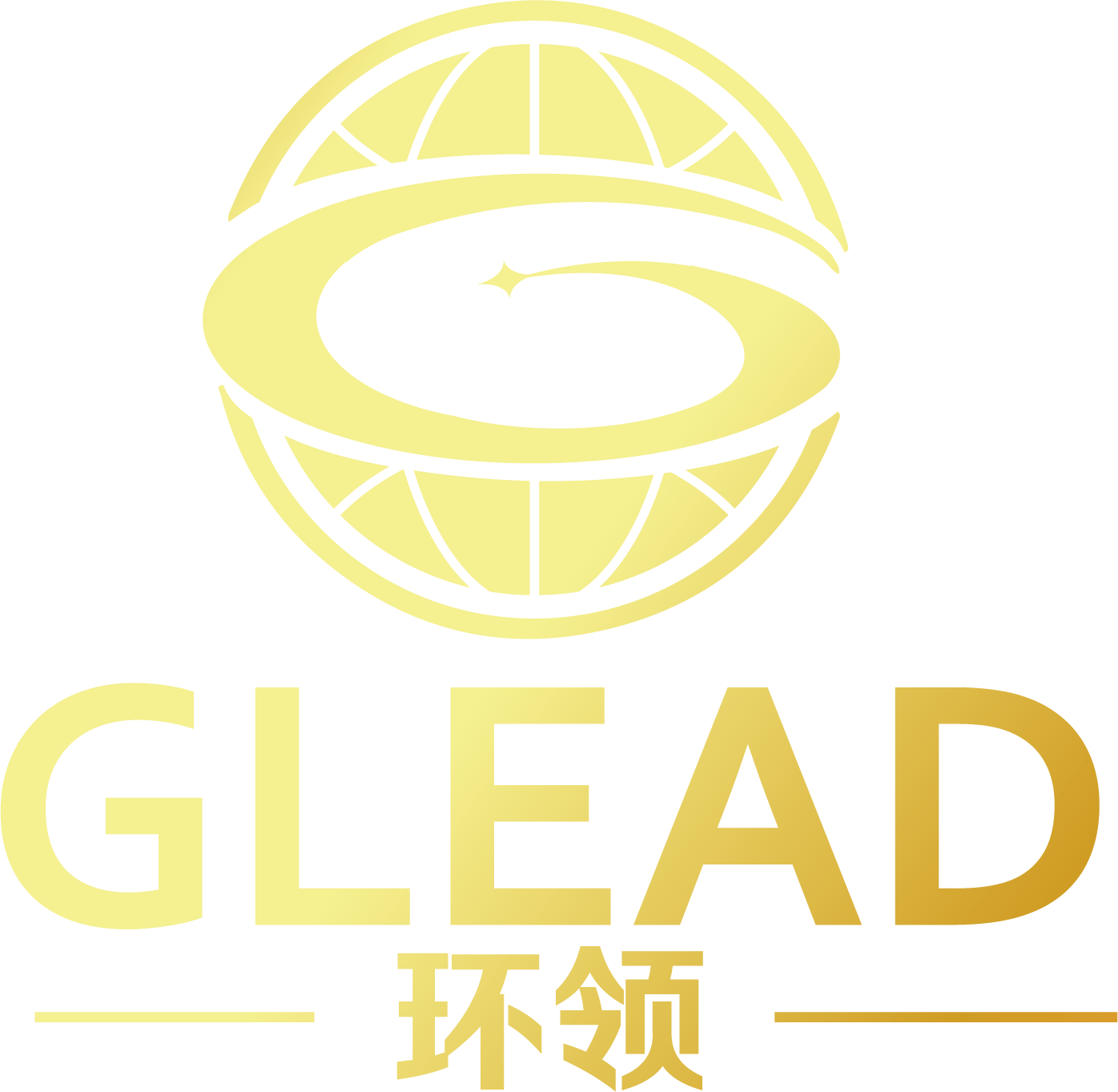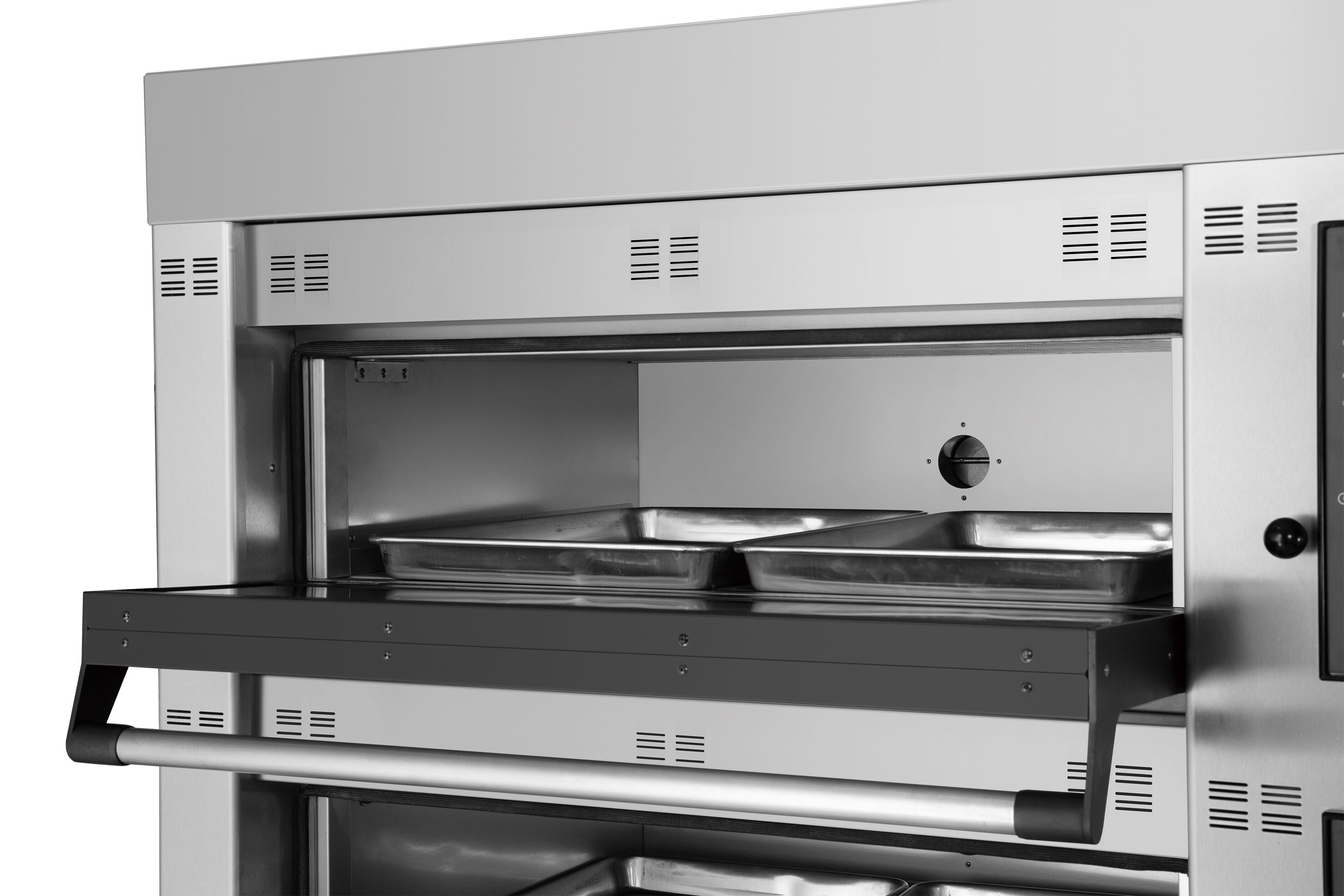Understanding Modern T-Shirt Printing Methods
The debate between heat press vs screen printing continues to shape the custom apparel industry. Whether you're starting a t-shirt business or looking to create custom merchandise, choosing the right printing method is crucial for your success. Both techniques offer distinct advantages and limitations that can significantly impact your final product's quality, cost, and production efficiency.
These two popular printing methods have evolved considerably over the years, each finding its unique place in the market. While screen printing has been around for centuries, heat press technology has made remarkable advances in recent decades, offering new possibilities for customization and design implementation.
The Fundamentals of Heat Press Printing
Heat Press Technology and Process
Heat press printing utilizes heat and pressure to transfer designs onto fabrics. The process involves creating a design on transfer paper using special inks, then applying it to the fabric using a heat press machine. The combination of precise temperature, time, and pressure ensures that the design bonds permanently with the fabric fibers.
Modern heat press machines offer digital temperature controls, pressure adjustments, and timer settings, making the process highly precise and reproducible. The technology works by melting a special transfer material that contains the design, which then bonds with the fabric at a molecular level.
Advantages of Heat Press Methods
Heat press printing offers remarkable versatility in terms of design possibilities. It excels at producing full-color images, photographs, and intricate designs with fine details. The process allows for printing on demand, making it perfect for small batches or individual custom orders.
The initial setup costs for heat press printing are significantly lower compared to screen printing. The equipment is compact, making it ideal for small spaces, and the learning curve is generally shorter. Additionally, heat press printing produces virtually no mess and requires minimal cleanup between projects.

Screen Printing Explained
Traditional Screen Printing Process
Screen printing involves pushing ink through a mesh screen onto fabric. Each color requires a separate screen, making it a more complex process for multi-colored designs. The technique begins with creating stencils (screens) for each color in the design, followed by carefully aligning and applying each color layer.
The process requires skill and experience to achieve professional results, particularly when working with multiple colors. However, once set up, screen printing can produce identical items quickly and efficiently, making it ideal for large batches.
Screen Printing Equipment and Materials
Professional screen printing setups include printing stations, screens, squeegees, and various types of inks. The equipment requires proper space for storage and operation, along with facilities for screen cleaning and reclamation. Special attention must be paid to ink selection based on fabric type and desired results.
While the initial investment in screen printing equipment can be substantial, the per-item cost decreases significantly with larger production runs. This makes screen printing particularly cost-effective for bulk orders and standardized designs.
Comparing Cost Factors
Initial Investment Considerations
When comparing heat press vs screen printing, initial costs play a crucial role in decision-making. Heat press equipment typically requires a lower upfront investment, with basic setups starting around $500 to $1,000. Screen printing equipment, however, can range from $2,000 to $10,000 or more for a professional setup.
Beyond equipment costs, consider workspace requirements, ventilation needs, and storage space for materials. Screen printing requires more dedicated space and infrastructure, while heat press operations can function in smaller areas with minimal additional requirements.
Ongoing Operational Expenses
The cost per item varies significantly between the two methods. Heat press printing maintains relatively consistent costs regardless of order size, as each item requires new transfer materials. Screen printing costs decrease substantially with larger quantities, though setup costs for each new design can be higher.
Material costs, including inks, transfer papers, and cleaning supplies, differ between the methods. Screen printing involves more recurring costs for screens, emulsions, and cleaning chemicals, while heat press primarily requires transfer papers and ink cartridges.
Quality and Durability Analysis
Print Quality Comparison
Both methods can produce high-quality results when properly executed. Screen printing typically offers better color vibrancy and opacity, especially on dark fabrics. The inks become part of the fabric, resulting in a soft, durable finish that withstands repeated washing.
Heat press prints can achieve photographic quality and fine detail reproduction. However, the results may feel slightly more prominent on the fabric surface. Modern heat transfer materials have improved significantly, offering better durability and softer feel than earlier versions.
Long-term Durability Factors
Screen printed designs generally show excellent durability, often lasting as long as the garment itself when properly cured. The ink becomes part of the fabric structure, resisting fading and cracking through multiple wash cycles.
Heat press durability has improved with advanced materials, though results can vary based on transfer quality and application technique. Following proper care instructions is essential for maintaining design quality with both methods.
Production Efficiency and Scalability
Small Batch Production
Heat press printing excels in small batch production and one-off items. The quick setup and minimal preparation time make it ideal for custom orders and print-on-demand services. This flexibility allows businesses to maintain minimal inventory while offering personalized products.
Screen printing becomes less cost-effective for small runs due to setup time and material preparation. However, the quality and durability of screen printing make it worth considering even for smaller orders of premium products.
Large Scale Operations
For large production runs, screen printing typically offers better efficiency and cost-effectiveness. Once screens are prepared, hundreds or thousands of identical items can be produced quickly with consistent quality.
Heat press operations can be scaled by adding multiple machines, but the per-item production time remains relatively constant. This makes it less suitable for very large orders unless significant equipment investment is made.
Frequently Asked Questions
How long do heat pressed designs last compared to screen printed ones?
Screen printed designs typically last longer, often matching the lifespan of the garment itself. Heat pressed designs, while improved with modern materials, may show wear after 50+ washes depending on the quality of materials used and proper care techniques.
Which method is better for detailed, multi-colored designs?
Heat press printing generally handles intricate, multi-colored designs more easily and cost-effectively, especially for small quantities. Screen printing requires separate screens for each color, making complex designs more expensive and time-consuming to produce.
Can both methods be used on all fabric types?
While both methods work on most common fabrics, certain materials may be better suited to one technique over the other. Screen printing works well on various fabrics but may require specific ink types. Heat press printing requires fabrics that can withstand high temperatures without damage.

